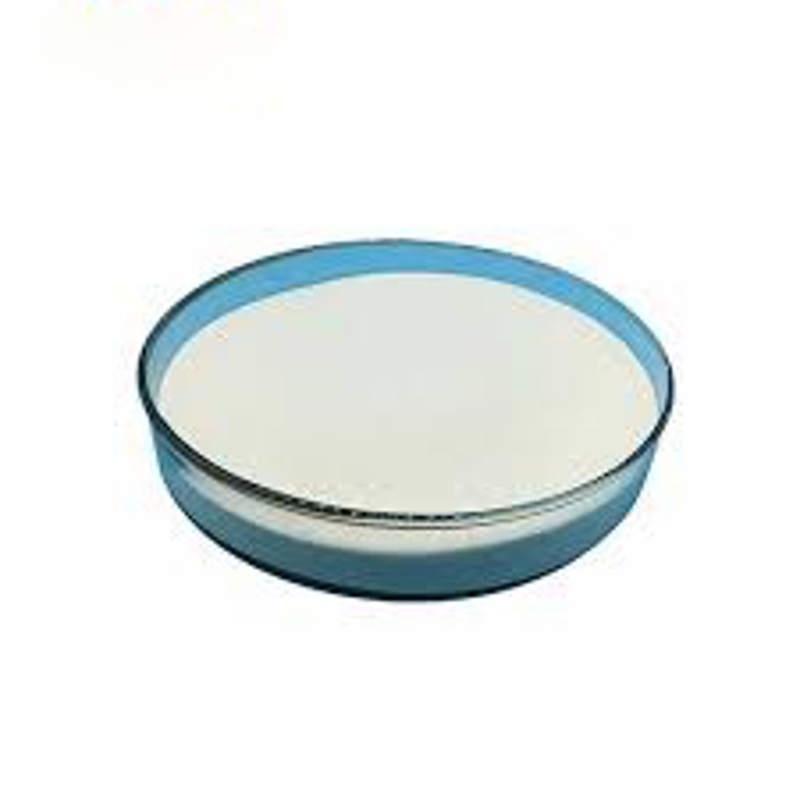-
Categories
-
Pharmaceutical Intermediates
-
Active Pharmaceutical Ingredients
-
Food Additives
- Industrial Coatings
- Agrochemicals
- Dyes and Pigments
- Surfactant
- Flavors and Fragrances
- Chemical Reagents
- Catalyst and Auxiliary
- Natural Products
- Inorganic Chemistry
-
Organic Chemistry
-
Biochemical Engineering
- Analytical Chemistry
- Cosmetic Ingredient
-
Pharmaceutical Intermediates
Promotion
ECHEMI Mall
Wholesale
Weekly Price
Exhibition
News
-
Trade Service
- Nat Commun: Analysis of human herpes virus type 6B near-atomic resolution frozen electron mirror structure doi:10.1038/s41467-019 -13064-x Recently, the National Research Center for Microscale Material Science in Hefei, China University of Science and Technology, Professor Bi Guoqiang of the School of Life Sciences, Professor Zhou Zhenghong of the University of California, Los Angeles, and Mei Wei, researcher of East China Normal University, worked together to analyze the near-atomic resolution structure of human herpes virus type 6B for the first time using high-resolution cryoscopic single particle analysis technology.
research, published online November 25 in the journal Nature Communications, is based on the research by Atomic structure of the human herpesvirus 6B capsid and capsid-associated tegument complexes.
Human Herpes Virus Type 6 (HHV-6) belongs to the herpes virus family β Herpes virus sub-family, according to its surface antigen, but also divided into HHV-6A and HHV-6B two closely related virus types.
Many young children are infected with HHV-6 virus and may develop clinical symptoms such as fever, diarrhea, and red rash;
the HHV-6 virus has caused widespread harm, but there is currently no high-resolution structure for the virus, as well as structure-based drugs or vaccine antiviral programmes.
HHV-6B is difficult to achieve in-body proliferation culture due to its high bonding with host cells, which has become a major problem in the analysis of atomic resolution structure.
Photo Source: Wikimedia (6) Nat Commun: Chinese scientists have expanded the resolution limit cryo-EM single particle analysis technology of cryo-EM to analyze biological large molecular structures, which has become one of many structural analysis methods in structural biology, and is playing an increasing role in the structural analysis of membrane proteins.
current cryoscopic single-particle technology has made it easier to parse proteins with a molecular weight greater than 300 daltons and bio-stable properties to near-atomic resolution (about 3 E levels).
However, due to the lack of lining of small molecular weight proteins (usually less than 200 kDrton) particles in frozen samples, the high resolution analysis of small molecular weight proteins is still a major challenge for current techniques.
With the support of the key national research and development program "Protein Machine and Life Process Regulation", Professor Wang Hongwei's team at Tsinghua University developed a frozen electroscope imaging system using ball differential corrector-voltage phase plate, which greatly improved the lining of protein particles in the photo, while preserving enough high-resolution structural information for later three-dimensional reconstruction.
In this basis, the protein samples are frozen by using the self-developed single-layer large single crystal graphene carrier network, so that the protein molecules adsorbed on the surface of hydro-fossil ink are exempted from molecular structure changes caused by the gas-liquid interface, and more complete structural information is preserved.
combined with the advantages of the two technologies, respectively, obtained the molecular weight of 52 thousand Dalton streptomycin protein, as well as the binding and non-binding small molecule biotin two states of the near-atomic resolution structure, created a single particle technology to analyze the near-atomic resolution protein structure of the molecular weight of the minimum record, expanding the application of the technology.
: Scientists have proposed a new 3D reconstruction algorithm for cryo-mirrors doi:10.1038/s41592-018-0223-8 Recently, scientists from the Li Xueming Research Group at Tsinghua University's School of Life Sciences and others published a research paper on "A particle-filter framework for robust cryoEM 3D reconstruction" in the journal Nature Methods.
This work greatly improves the search capability of system parameters and the tolerance of system error by introducing the particle filtering algorithm in electronic engineering application into the three-dimensional reconstruction of cryoelectronic mirror, and finally realizes the high-efficiency and high-precision three-dimensional reconstruction of bio-molecular structure by further integrating high-performance computing methods.
These new algorithms and new features are integrated into the THREE-dimensional reconstruction software system of TUNDER cryoelectrical mirror developed at the same time, which provides a reliable algorithm and software foundation for the real-time analysis of the massive image data of frozen electron mirror in the future, as well as large-scale automation application, and also provides a robust and fast solution for analyzing biological structures close to atomic resolution, which significantly reduces the requirements of user experience, contributes to the widespread popularity of cryoscope technology, and helps to observe life activities at atomic scale.
protein is the most important component of life, as a biological large molecule machine, the realization of protein function is highly dependent on its complex three-dimensional atomic structure.
understanding the structure of proteins and their relationship to function is of great significance for exploring the basic principles of life, understanding the molecular mechanisms of disease and drug development.
electron microscope, or cryoelectronic microscope for short, uses electron beams as a light source and is a powerful tool for observing and determining the molecular structure of proteins at atomic resolution levels.
with technological breakthroughs in recent years, the 3D reconstruction technology of cryoelectrogens has become the key technology for determining the structure of proteins and their complexes. The basic method of 3D reconstruction of
frozen electron mirrors is to first use cryoenthescopes to image biomolecule particles frozen at liquid nitrogen temperatures to obtain tens to millions of pictures of biomolecules, and then to integrate these images through certain algorithms to calculate the three-dimensional structure of biomolecules.
the three-dimensional reconstruction algorithm is the core content, which is used to determine the parameters of each photo, such as spatial orientation, before the two-dimensional photo integration reconstructs the three-dimensional structure.
Because of the large number of photos and the extremely weak image signal, how to accurately calculate and measure the parameters of each photo to achieve a resolution of more than 0.4 or even 0.2 nanometers has always been the focus and difficulty of frozen electroscope technology research.
-Nature and Science: Frozen electro-mirror technology reveals the Hedgehog letter







